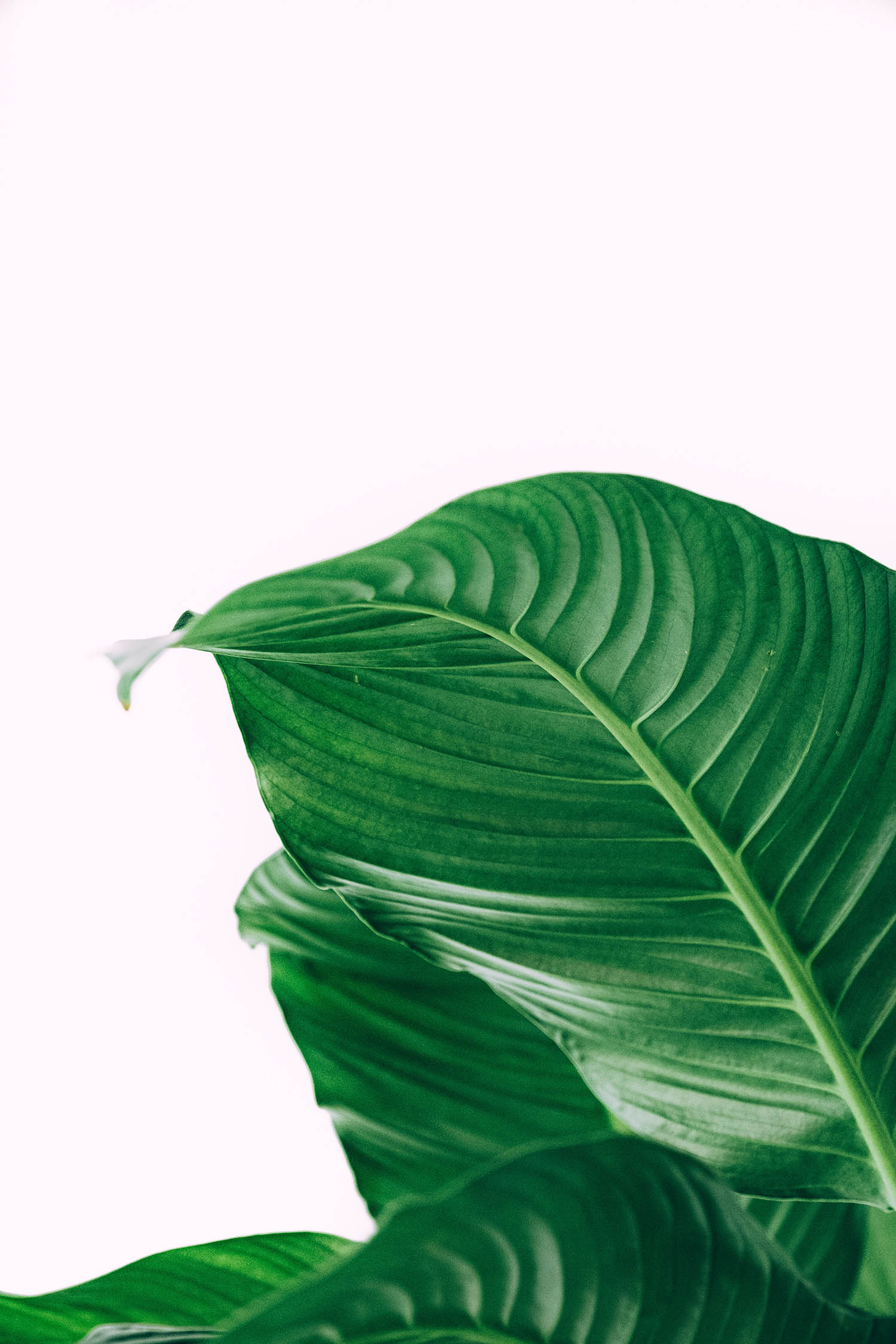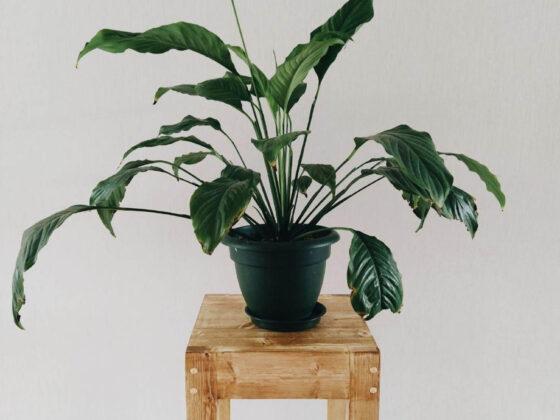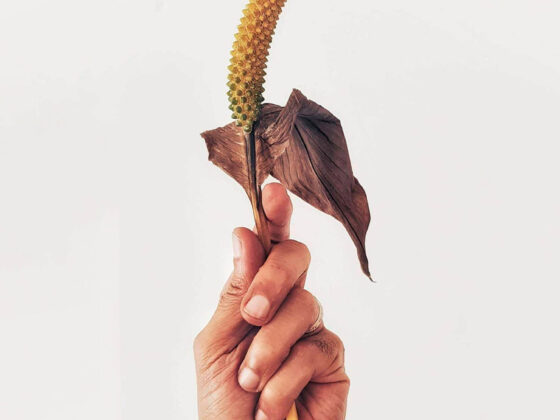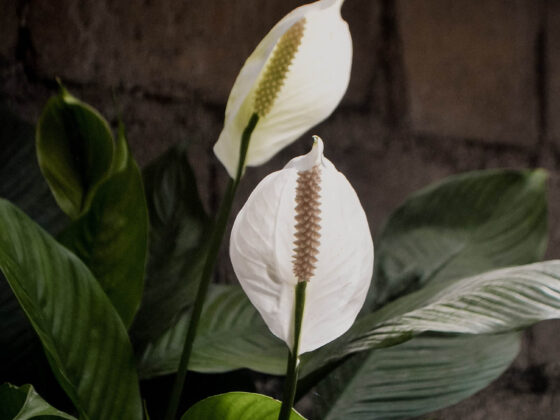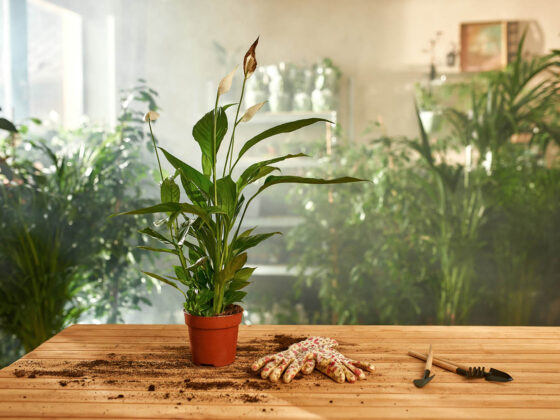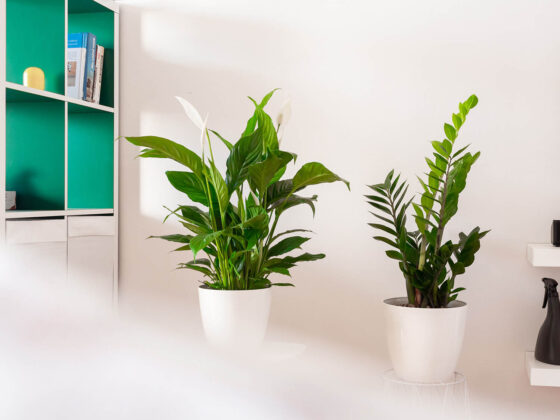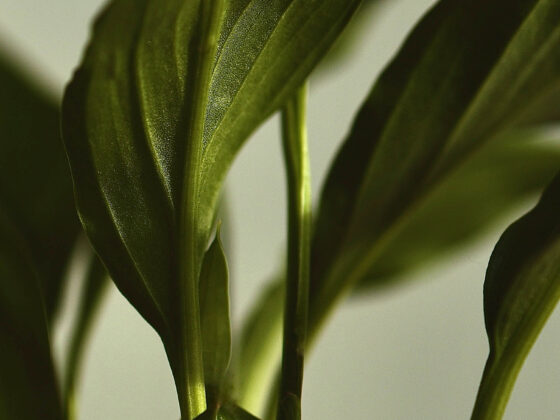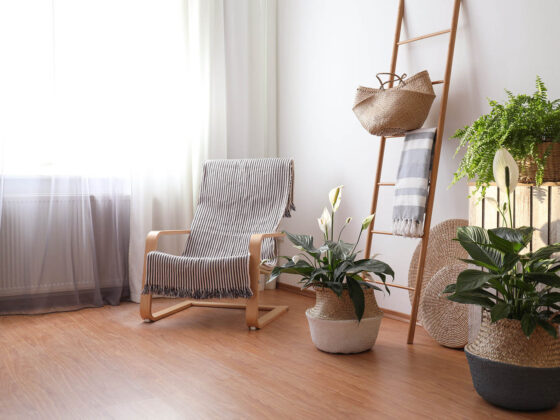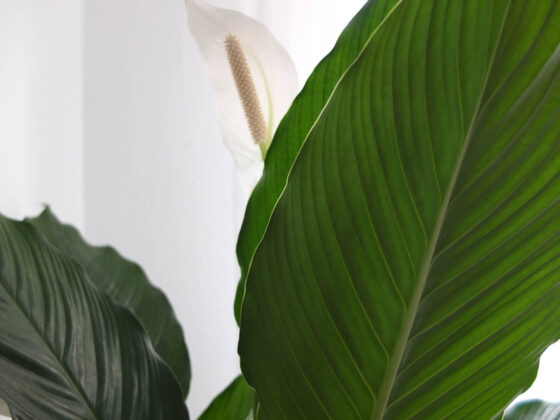Something odd is happening with your Peace Lily. Water droplets are forming at the edges of its leaves, though you haven’t misted or watered it in hours. You’re probably wondering what your plant is doing and why. More importantly, you want to know whether it means there’s something wrong with your Peace Lily.
Although it looks like your Peace Lily is crying, this isn’t a sign of stress. Moisture dripping from the leaf edges is called guttation, and even healthy plants do it. Though scientists disagree about why it happens, it has something to do with how your Peace Lily controls its internal pressure.
The fluid that drips out during guttation is mostly water, and it should feel only the slightest bit sticky. If you find a gummier substance on your Peace Lily, there’s a chance you have a pest issue. Keep reading to find out more about what guttation is and how it works.
Why Does a Peace Lily Drip Water?
First things first: it’s not just water. The clear droplets beading on your plant’s leaves are a substance called xylem sap. This is the thin fluid that shuttles moisture, nutrients, and hormones through your Peace Lily’s body. It’s not as thick as the phloem sap that carries sugar, but it does contain some ions and organic molecules along with H2O.
When the pressure of moisture and minerals inside your Peace Lily’s body gets high enough, the plant can relieve itself by shedding a bit of sap. Though houseplant owners often call this “weeping”, “crying”, or “sweating”, the botanical term is guttation.
Guttation often happens at night when the soil is moist. Normally, a plant deals with root pressure from the liquid in the ground through transpiration – releasing water vapor from leaf openings called stomata. But it can’t do this when the stomata have closed up for the night. Instead, your Peace Lily opens up a different type of pore called a hydathode and releases a few drops of sap.
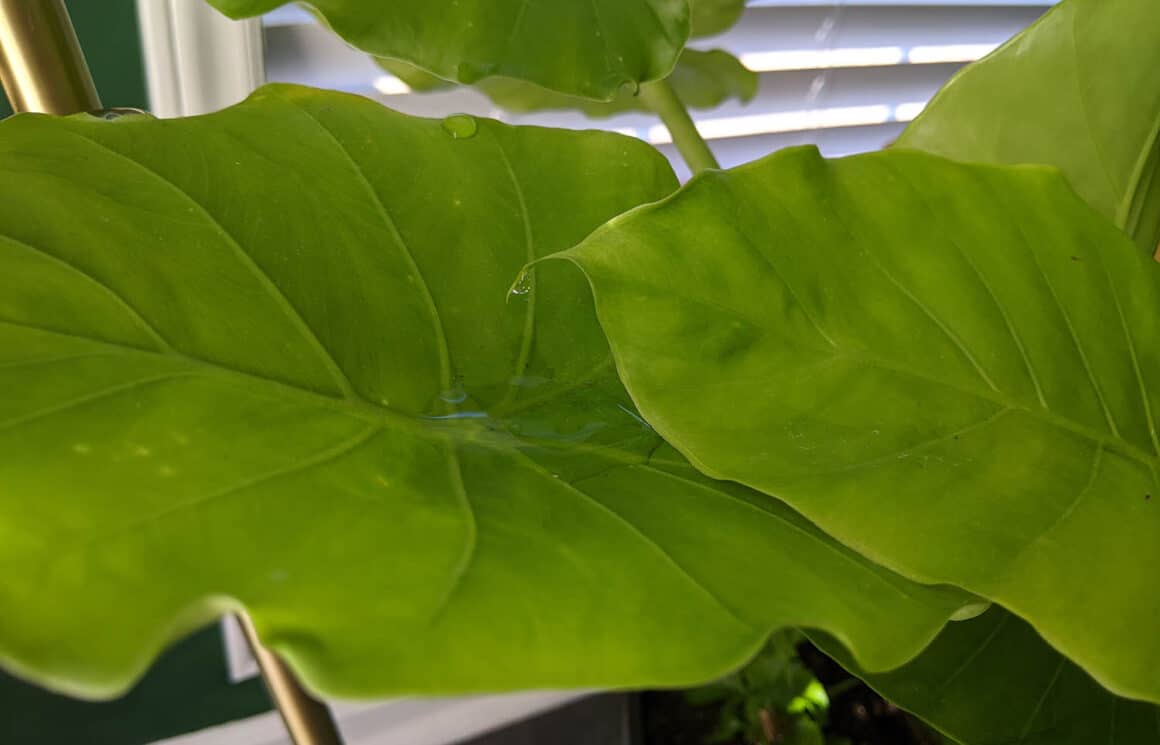
Peace Lilies are far from the only plants that do this. In fact, the drops on blades of grass that most people think of as “morning dew” are actually the result of guttation. For the record, dew rarely forms indoors; if you see drops on your houseplants in the morning, it’s most likely guttation.
Your Peace Lily might guttate during the daytime if the humidity is high. Water can’t easily evaporate from the stomata when there’s already a lot of moisture in the air.
Does Overwatering Make Peace Lilies Cry?
One of the most common misconceptions about guttation is that it’s the result of excessive watering. That’s right – we called it a misconception. As far as anyone’s been able to tell, guttation has nothing to do with overwatering.
True, guttation is more likely when there’s a lot of moisture in the soil. But overwatering doesn’t mean the soil is getting too wet – it means the soil is staying wet for too long. You shouldn’t be afraid to get your Peace Lily’s potting mix good and drenched when you water it. And you shouldn’t be concerned if you see guttation the next day.
On the other hand, if your plant is guttating every day for a week, it might be worth giving the soil a poke. If it’s still wet more than a few days after you gave your plant a drink, you do have a problem: either your soil or your pot isn’t draining fast enough.
That’s bad, because roots that sit in marshy soil for too long can develop root rot. Aside from wet soil, danger signs include drooping, yellowing, or browning leaves, as well as mushy stems and musty smells.
If you’re worried that your Peace Lily is overwatered, you should inspect its roots to see if any of them are infected. Check for roots that look brown, black, or gray instead of their healthy off-white color. Squishy or slimy roots are also probably infected. If you find any, see this article for detailed instructions on dealing with root rot in Peace Lilies.
Sweat and Salt in Peace Lilies
One theory about why Peace Lilies drip water is that it lets them correct an excess of mineral salts. That doesn’t mean you should be concerned about your plant’s health when you see it guttating. But we do recommend keeping an eye on the condition of the leaves.
You may notice faint patches of a white crust where the drops dry. A little bit of this kind of spotting isn’t a problem for your Peace Lily. If you prefer to keep the leaves looking clean, you can use a wet cloth to wipe them off. (Actually, it’s a good idea to do this every so often even if you aren’t seeing residue. Keeping the leaves free of dust improves their ability to gather sunlight.)
Large amounts of salt buildup on your Peace Lily’s foliage could mean that the soil is getting too mineral-heavy. That might be because you’re giving your plant too much fertilizer, or because you’re not flushing out the soil often enough. Using tap water that’s high in elements like calcium can also cause this effect.
You don’t want to let too many mineral salts accumulate in your Peace Lily’s pot. They can hamper or even damage the roots, putting your plant at risk of dehydration. Consider cutting down on your fertilizer regimen or switching to filtered water when hydrating your plant.
It also helps to flush out the pot every so often with distilled water. Pour a large amount of it – 4 or 5 times what the container can hold – into the soil in a slow but steady stream. Let is wash through the potting mix and out the drainage hole. It will carry most of the mineral deposits with it.
If you’re regularly fertilizing your Peace Lily, we recommend giving it a soil flush every month or two.
Pests Problems vs. Guttation
What if the drops on your Peace Lily feel like sticky sludge instead of gentle teardrops? In that case, it might be infested with bugs.
Certain sap-sucking pests excrete a sugary goop called honeydew. This stuff is much thicker and stickier than the drips from guttation. If you find honeydew on your Peace Lily, here are the likely suspects:
- Aphids. Look for clusters of tiny dots around your Peace Lily’s newer growth or discolored speckles on the leaf surfaces. Aphids may be green, black, brown, orange, or red, and they’ll also leave behind white, ashy-looking exoskeletons.
- Scale. Small, smooth, brown bumps poking up from the stems of your plant may be armored scale insects. They tend to clamp down in one spot and stay put. They look less like bugs and more like spots from some kind of weird disease.
- Mealybugs. These are related to scale, but they move around and hide in crevices instead of sitting on the stems. Mealybugs coat themselves in a white wax that makes them look like little wisps of cotton.
When you spot a pest infestation, quarantine your Peace Lily before the bugs can jump to other plants. Then wash it off with a stiff stream of water. Now spray your plant down with some kind of pest killer – we recommend combining ⅓ of a teaspoon of mild soap, a teaspoon of neem oil, and a liter of warm water. Shake up the soap in the water before adding the neem. This will help the oil emulsify.
You’ll have to spray your Peace Lily down at least a few times to get rid of the bugs. Give it a few days between treatments to dry off and recover. For severe infestations or stubborn bugs like scale, you may also want to wipe down the leaves with rubbing alcohol.
Final Thoughts
Your Peace Lily dripping water isn’t a sign that it’s in trouble. Still, it’s never a bad idea to review your care practices. Make sure you’re providing the right balance of water and nutrients, and check for honeydew while you’re at it. Once you’ve done a quick check-up, you can breathe easy – and maybe take some artsy photos of those glistening droplets on your Peace Lily’s leaves.






